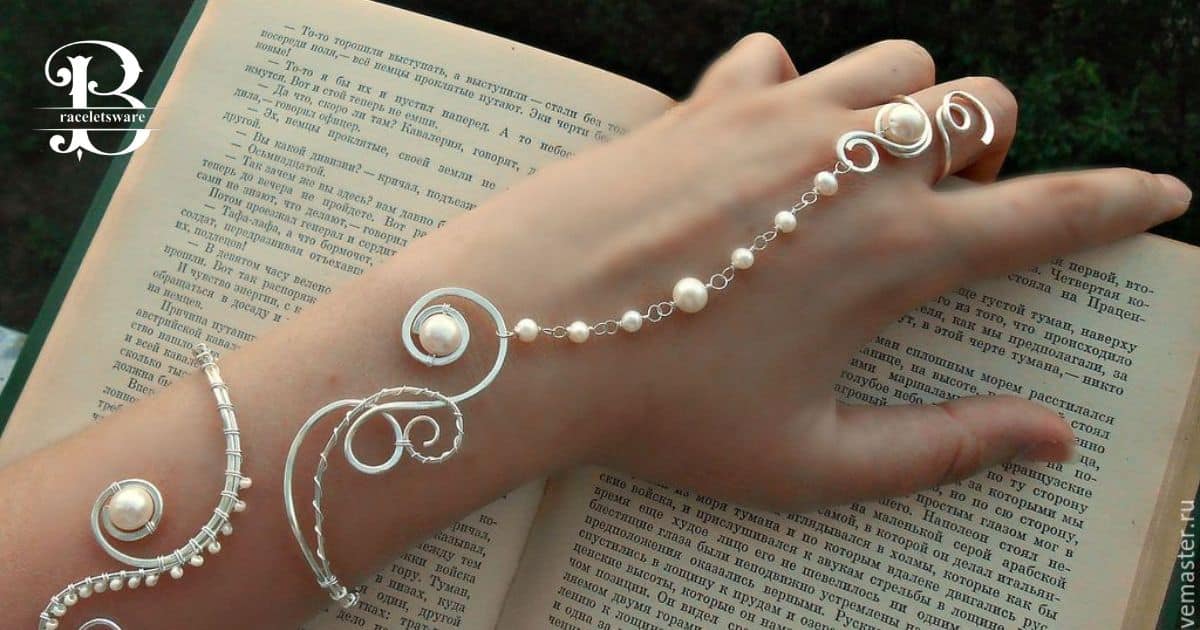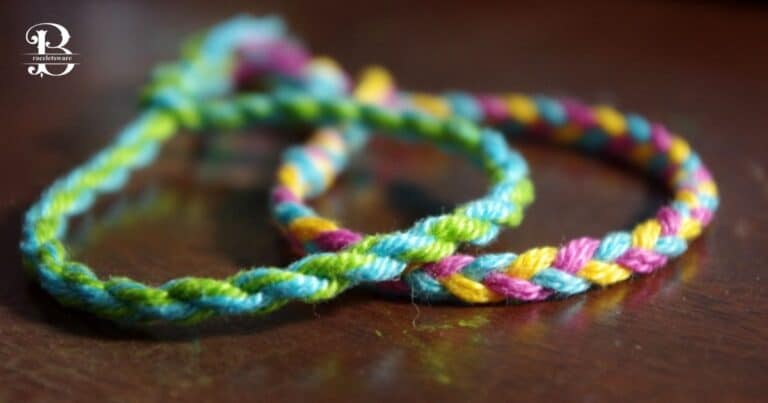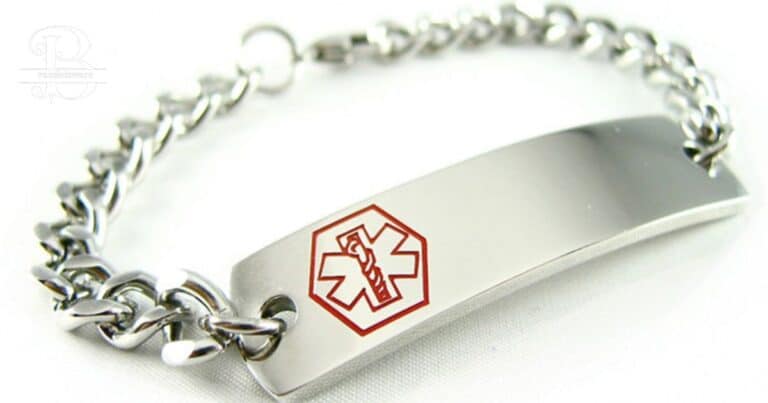Can you provide information on history of Pearl Bracelets?
Pearl bracelets have a long and rich history dating back centuries. These elegant accessories are made by stringing together pearls which are precious gemstones produced by oysters. Pearls have been valued for their beauty since ancient times and the tradition of wearing them as jewelry has deep cultural roots.
Step back in time and dive into the enchanting world of pearl bracelets where elegance and history intertwine. Here raises a question, Can you provide information on history of Pearl Bracelets? These timeless accessories tell a captivating tale that spans centuries adorned by royals and cherished for their symbolic purity. From ancient civilizations to modern fashion the journey of pearl bracelets is a shimmering thread through the tapestry of human adornment.
This boasts a centuries old history symbolizing elegance and luxury. Adorned by royalty throughout the ages these timeless accessories have woven their way from ancient civilizations to modern fashion embodying enduring beauty and tradition. Each pearl in a Pearl bracelet carries a unique story adding a touch of grace to human adornment.
Ancient Origins

The origins of pearl bracelets trace back to ancient civilizations where pearls were revered as symbols of purity and wealth. In cultures spanning from Mesopotamia to Egypt and beyond pearls were treasured for their natural beauty and rarity often reserved for royalty and the elite. Ancient artisans crafted these luminous gems into Pearl bracelets adorning noble wrists with elegance and prestige. In modern times the significance of Pearl bracelets has expanded beyond mere adornment.
While pearls continue to symbolize timeless sophistication the Medical Alert Bracelet serves as a practical accessory offering vital information about one’s medical conditions in times of need. Just as pearls were once prized for their scarcity and unique formation process within oysters the Medical Alert Bracelet holds its own importance potentially saving lives and providing peace of mind to wearers and their loved ones.
Early use of pearls bracelet as adornments
The early use of pearls as adornments dates back to ancient civilizations where these luminous gems held profound cultural and symbolic significance. Royalty adorned themselves with pearl jewelry showcasing their elevated status and connection to divine realms. The Greeks and Romans also integrated pearls into their adornments associating them with love, wealth and social standing.
The meticulous craftsmanship involved in creating pearl jewelry during these times highlighted the value placed on these exquisite gems. As symbols of prestige and timeless elegance pearls became integral to the regalia of nobility leaving an indelible mark on the history of early civilizations.
Historical cultures incorporating pearls into jewellery
Throughout history various cultures have incorporated pearls into their jewelry, attributing symbolic and aesthetic value to these precious gems. In ancient China pearls were seen as symbols of wisdom and enlightenment often worn by royalty. The Indian subcontinent embraced pearls for their spiritual significance associating them with purity and femininity.
In the Mediterranean both the Greeks and Romans adorned themselves with pearls believing these gems had protective qualities. The Islamic world also valued pearls considering them as symbols of perfection and heavenly beauty. Each culture brought its unique perspective to the art of incorporating pearls into jewelry contributing to the diverse and rich tapestry of pearl adornment across different civilizations.
Victorian Era
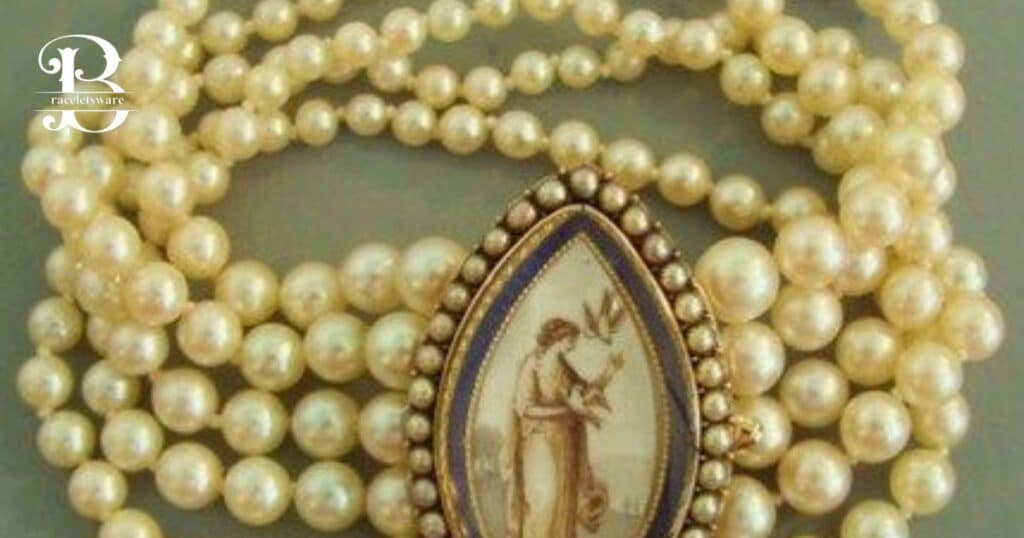
The Victorian Era spanning from 1837 to 1901 during the reign of Queen Victoria was a period characterised by romanticism elegance and meticulous craftsmanship in the realm of jewellery. This era witnessed a resurgence of interest in pearls propelled by Queen Victoria’s personal affinity for these lustrous gems. Pearls were prominently featured in intricate designs often combined with other gemstones and precious metals to create elaborate pieces.
The sentimental and symbolic nature of Victorian jewellery was evident in the use of pearls which symbolises purity, innocence and emotional connection. The popularity of mourning jewellery during this era also contributed to the incorporation of pearls in somber yet exquisite designs. Victorian pearl jewellery remains a testament to the era’s dedication to artistry and sentimental expression leaving an indelible mark on the history of jewellery design.
Queen Victoria’s influence on pearl jewellery
Queen Victoria’s fondness for pearls left an indelible mark on Victorian era jewellery. Her choice to wear pearls on her wedding day in 1840 sparked a trend elevating these gems to symbols of purity and marital bliss. The Queen’s influence extended to mourning jewelry as well where pearls came to represent tears and emotional connection.
In this way Queen Victoria’s personal preferences not only shaped fashion but also bestowed lasting symbolism upon pearls, making them an integral part of Victorian adornment and beyond.
Technological advancements in pearl cultivation
Technological advances in pearl cultivation particularly the introduction of cultured pearls in the early 20th century have transformed the industry. Controlled methods like nucleus insertion into oysters enable more efficient and diverse pearl production.
Ongoing innovations in farming techniques ensure sustainable and ethical practices making pearls more accessible and diverse for modern jewelry.
Renaissance and Baroque Period
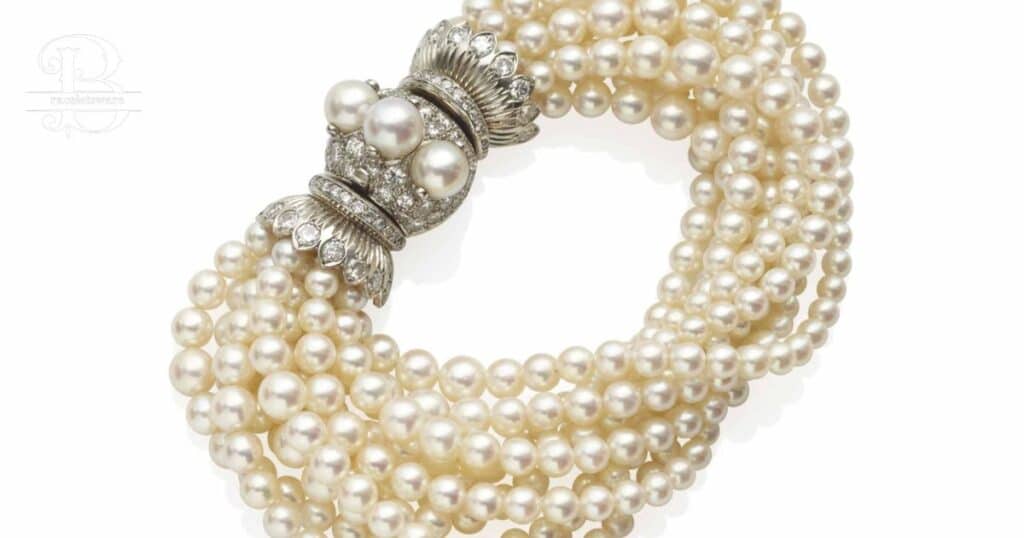
The Renaissance (14th to 17th century) and Baroque (17th to 18th century) periods were transformative epochs in art, culture and history. The Renaissance marked a revival of classical ideals, fostering a renewed interest in literature, philosophy and the arts.
In the realm of jewelry intricate designs and symbolic motifs flourished with gemstones including pearls being highly prized for their aesthetic appeal. The Baroque period that followed was characterized by grandeur, ornate embellishments and a departure from the balanced symmetry of the Renaissance.
Baroque jewelry reflected the opulence of the time featuring elaborate pearl and gemstone arrangements in asymmetrical designs. Both periods significantly influenced the evolution of jewellery craftsmanship leaving a lasting legacy of creativity and innovation.
Rise in popularity of pearl jewellery
Pearl jewelry has witnessed a captivating surge in popularity over the centuries. From being symbols of royalty during the Renaissance and Baroque periods to Queen Victoria’s influential endorsement in the 19th century pearls have consistently represented elegance and sophistication.
The introduction of cultured pearls in the early 20th century made them more accessible, further contributing to their widespread appeal. In contemporary fashion pearls continue to enjoy a resurgence cherished for their timeless beauty and versatility making them a staple in both classic and modern jewelry designs.
Cultural and symbolic significance during this era
Pearls have traversed diverse cultural landscapes throughout history embodying varying symbolic significance. From ancient associations with purity and wealth to Victorian era expressions of innocence pearls have consistently held cultural importance. In the mid 20th century they symbolized sophistication and in the 1960s they became emblematic of counterculture.
Today pearls continue to blend tradition and modernity, signifying timeless elegance in classic contexts and breaking norms in contemporary edgy designs. The cultural and symbolic journey of pearls reflects their enduring appeal across changing eras and fashion paradigms.
20th Century

The 20th century was a dynamic period that witnessed significant shifts in fashion, culture and societal norms influencing the evolution of jewellery trends including pearls. Early in the century pearls maintained their status as symbols of elegance and refinement.
Notable figures like Coco Chanel popularised the use of pearls in innovative ways challenging traditional styles.In the mid 20th century iconic personalities such as Audrey Hepburn and Jackie Kennedy brought pearls into the spotlight contributing to their association with timeless sophistication.
Contemporary Trends
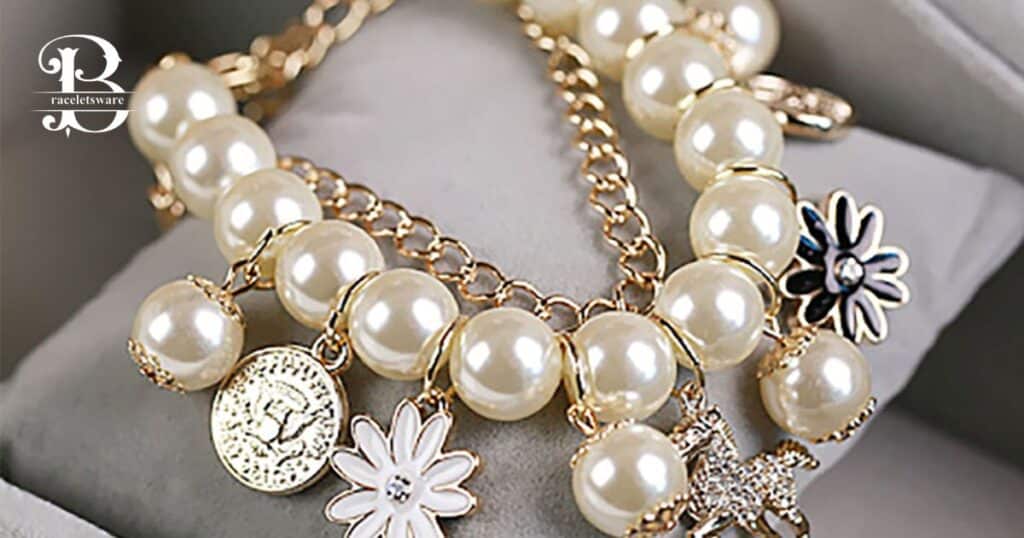
In contemporary fashion pearls have experienced a revival, defying traditional expectations with innovative and diverse designs. Designers are incorporating pearls into unconventional and bold creations, breaking away from the classic and conventional styles of the past.
From asymmetrical arrangements to oversized and layered pieces pearls are now celebrated for their versatility and ability to complement both casual and formal looks. This modern approach reflects a shift towards embracing individuality and self expression in jewellery marking a dynamic era for pearls in the ever evolving world of fashion.
Modern styles and materials used in Pearl Bracelets
In modern pearl bracelet designs, there’s a notable shift towards experimentation with styles and materials, departing from traditional norms. Contemporary jewellery artists are combining pearls with unconventional elements such as leather, metal or beads creating eclectic and edgy pieces.
Asymmetry and irregularity are embraced, offering a departure from the classic uniformity of pearls. Mixing pearl sizes and colours adds a dynamic touch allowing for more personalised and expressive creations. This modern approach reflects a fusion of traditional elegance with a contemporary individualistic flair in the world of pearl bracelets.
Global impact on the popularity of pearl accessories

The global impact on the popularity of pearl accessories has been significantly influenced by cultural shifts, fashion trends and economic factors. In recent years pearls have experienced a resurgence in popularity driven by their versatility and timeless appeal.
Cultural exchange and globalization have played a role in introducing diverse pearl jewelry styles to new markets.
Additionally the rise of social media has facilitated the sharing of fashion trends worldwide contributing to the global appreciation of pearls.
Economic factors such as the increased availability of cultured pearls have made these gems more accessible to a broader audience. This accessibility coupled with innovative designs has expanded the demographic of pearl enthusiasts.
Frequently Asked Questions
How has technology impacted the history of Pearl Bracelets?
Technological advancements particularly in pearl cultivation have democratized access to pearls and enhanced their availability contributing to their popularity in contemporary jewelry.
What cultural significance do Pearl Bracelets hold?
Pearls in Pearl bracelets have cultural significance worldwide, symbolising purity, wealth and beauty. Different cultures have integrated pearls into their jewelry attributing unique meanings to these lustrous gems.
When did Pearl Bracelets become popular?
Pearl bracelets gained popularity throughout history, with significant boosts during the Renaissance, Victorian era and their continued prominence in modern fashion.
Final Thoughts
The history of pearl bracelets is a captivating journey through time marked by cultural symbolism, royal adoration and modern innovation. From their ancient roots as symbols of purity to the Renaissance and Victorian eras where they became icons of elegance pearls have maintained their allure.
Technological advancements in cultivation democratised access and contemporary trends continue to redefine pearl accessories, embracing diversity and individuality. The global impact on their popularity reflects a harmonious blend of tradition and innovation ensuring that pearl bracelets remain timeless and cherished adornments in the ever evolving world of fashion and culture.

Amara Rosewood, with 8 years of expertise in bracelet design, is the creative force behind BraceletsWare. Her passion and skill converge in each piece, crafting timeless accessories that redefine style.

